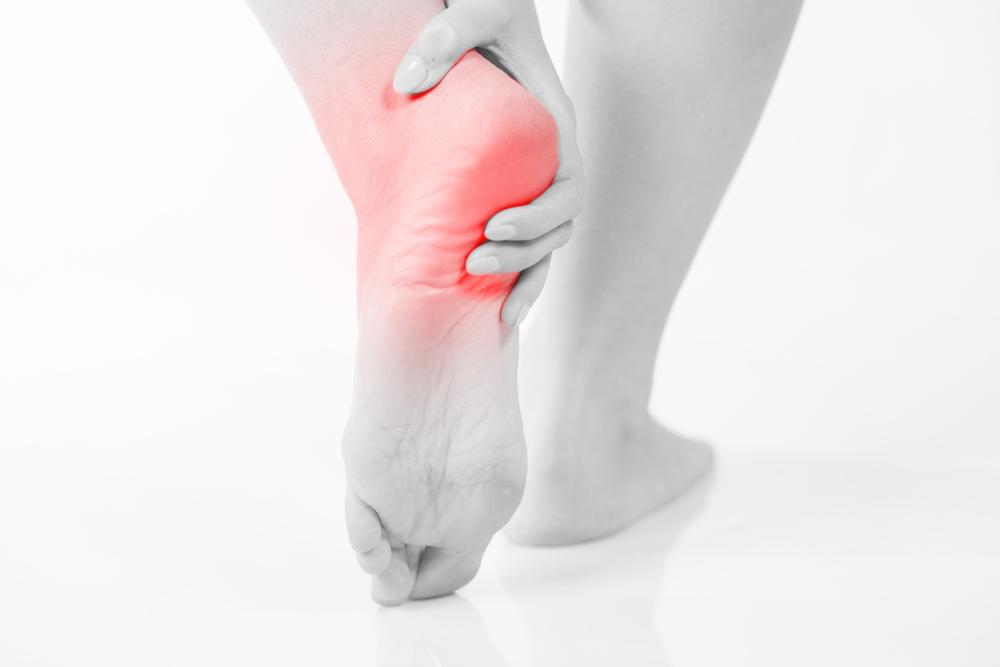Plantar fasciitis is a very common condition that affects millions of Americans every year. It is characterized by pain and inflammation in the bottom of the foot, usually near the heel. It is caused by inflammation of the plantar fascia, a thick band of tissue that connects the heel bone to the toes. It is most commonly seen in people who are active or who are on their feet for long periods of time. The good news is that plantar fasciitis can usually be treated successfully with rest, stretching, and in some cases, medication. In this blog post, we will discuss how you can treat plantar fasciitis in one week.
What is Plantar Fasciitis?
Before discussing the treatment of plantar fasciitis, it is important to understand what the condition is. Plantar fasciitis is a very common condition that affects millions of Americans every year. It is characterized by pain and inflammation in the bottom of the foot, usually near the heel. It is caused by inflammation of the plantar fascia, a thick band of tissue that connects the heel bone to the toes. It is most commonly seen in people who are active or who are on their feet for long periods of time.
Rest
One of the most important steps in the treatment of plantar fasciitis is rest. It is important to give your feet time to heal. This means taking a break from activities that put a lot of stress on your feet, such as running, jumping, and walking. Additionally, you should avoid standing for long periods of time. If possible, try to limit your activity level to activities that do not cause pain or discomfort.
Stretching
Stretching is an important part of treating plantar fasciitis. Stretching helps to reduce tension in the plantar fascia, which can help to reduce pain and inflammation. It is important to stretch your feet and calf muscles regularly, especially before and after physical activity. There are many stretches that can help with plantar fasciitis, and it is important to find a stretching routine that works for you.
Ice
Applying ice to the affected area can also help to reduce pain and inflammation. Ice should be applied for 10-15 minutes at a time, several times a day. It is important to never apply ice directly to the skin, as this could lead to tissue damage. Instead, it is best to wrap the ice in a cloth or towel before applying it.
Compression
Compression can also be helpful in treating plantar fasciitis. Compression helps to reduce swelling and provide support to the affected area. Compression can be achieved through the use of an ankle brace, a bandage, or a compression sock.
Medication
In some cases, medication may be necessary to treat plantar fasciitis. Non-steroidal anti-inflammatory medications (NSAIDs) such as ibuprofen and naproxen can help to reduce pain and inflammation. Your doctor may also prescribe a corticosteroid injection, which can help to reduce inflammation in the affected area.
Conclusion
Plantar fasciitis is a very common condition that affects millions of Americans every year. It is important to take steps to treat plantar fasciitis as soon as possible to avoid further damage to the area. Rest, stretching, icing, compression, and in some cases, medication can all help to reduce pain and inflammation. With the appropriate treatment, it is possible to treat plantar fasciitis in one week.
Khalid Irfan is a Fitness expert who enjoys spending time in gym. He also enjoys being in the outdoors and exploring new opportunities whenever they arise as well as researching new topics to expand his horizons.

Leave a Reply